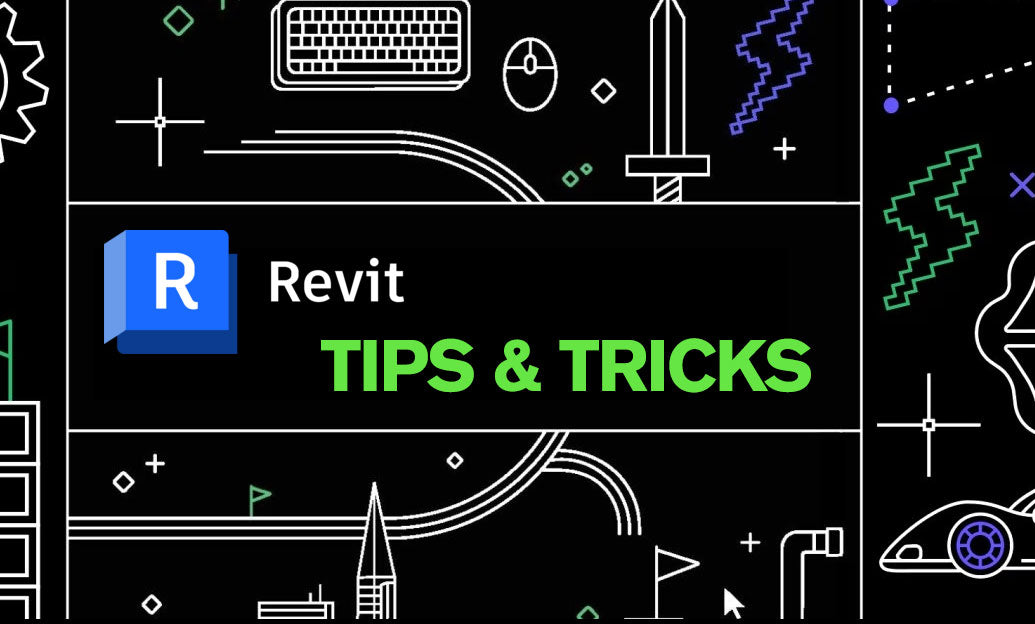Your Cart is Empty
Customer Testimonials
-
"Great customer service. The folks at Novedge were super helpful in navigating a somewhat complicated order including software upgrades and serial numbers in various stages of inactivity. They were friendly and helpful throughout the process.."
Ruben Ruckmark
"Quick & very helpful. We have been using Novedge for years and are very happy with their quick service when we need to make a purchase and excellent support resolving any issues."
Will Woodson
"Scott is the best. He reminds me about subscriptions dates, guides me in the correct direction for updates. He always responds promptly to me. He is literally the reason I continue to work with Novedge and will do so in the future."
Edward Mchugh
"Calvin Lok is “the man”. After my purchase of Sketchup 2021, he called me and provided step-by-step instructions to ease me through difficulties I was having with the setup of my new software."
Mike Borzage
Revolutionizing Design: The Impact and Future of Voice-Controlled Software in Professional Workflows
November 04, 2024 3 min read


Overview of Voice-Controlled Design Software
Voice-controlled design software is revolutionizing the way professionals interact with their tools by offering hands-free capabilities that enhance efficiency and accessibility. In fields such as architecture, graphic design, and engineering, the integration of voice commands allows designers to execute tasks without the need for traditional input devices. This innovation not only streamlines workflows but also opens up new possibilities for creative expression and collaboration. The rise in popularity of voice-controlled solutions reflects a growing demand for more intuitive and natural interaction methods within professional design environments.
The Technology Behind Voice-Controlled Design Software
At the core of voice-controlled design software lies Natural Language Processing (NLP), a branch of artificial intelligence that enables computers to understand and interpret human language. NLP allows design applications to parse user commands, translating spoken words into actionable functions within the software. This involves complex algorithms that can handle nuances, accents, and context to ensure accurate execution of tasks. Successful implementations of NLP in design tools demonstrate the technology's capability to adapt to user intent, providing a seamless integration between spoken commands and software actions.
Integrating voice control with existing design tools presents challenges, particularly regarding compatibility with legacy software. Developers must consider the constraints of older systems while ensuring that new functionalities do not disrupt established workflows. Potential solutions include the use of APIs and SDKs that facilitate communication between voice recognition engines and design platforms. These development tools can bridge the gap, allowing for the addition of voice capabilities without overhauling entire software systems. By focusing on interoperability, developers can enhance the utility of voice-controlled features across a wide range of design applications.
Workflow Enhancements through Voice Commands
Voice commands significantly streamline design workflows by reducing the need for manual navigation and repetitive actions. Designers can quickly execute commands, adjust settings, or switch tools without interrupting their creative flow. This hands-free approach is particularly beneficial during collaborative sessions, where efficient multitasking is essential. By speaking commands, designers can focus on real-time problem-solving and ideation, enhancing the overall productivity of the team.
User experience improvements are another key advantage of voice-controlled design software. Customizable voice commands allow individuals to tailor the software to their preferences, creating a more intuitive interaction. Designers can set up specific phrases or keywords that activate complex functions, saving time and reducing the cognitive load associated with remembering intricate command sequences. This personalization enhances engagement and can lead to increased satisfaction with the design process.
Real-World Applications of Voice-Controlled Design
In practical terms, voice-controlled design software offers valuable benefits across various industries. In architecture, for example, professionals can make real-time design adjustments during site visits. By using voice commands, architects can manipulate digital models on their devices without needing to return to the office, thus accelerating the iteration process. This capability enables a more dynamic interaction with the physical environment and fosters immediate problem-solving.
Graphic designers also benefit from voice-controlled tools, especially during creative brainstorming sessions. Verbal ideation allows designers to articulate concepts and immediately see them reflected in their digital workspace. This process encourages a free flow of ideas and can lead to more innovative outcomes. By reducing the barriers between thought and execution, voice commands help transform abstract ideas into tangible designs more efficiently.
The Future of Voice-Controlled Design Software
The future of voice-controlled design software is promising, with continued advancements in artificial intelligence and voice recognition technology. Improved accuracy and responsiveness will make voice commands an even more integral part of the design process. As AI algorithms become more sophisticated, they will better understand context and intent, allowing for more complex interactions. This evolution is expected to lead to broader acceptance of voice-controlled tools across various design disciplines.
Designers are encouraged to explore and adopt voice-controlled tools to enhance creativity and efficiency in their workflows. Embracing emerging technologies can provide a competitive edge and open up new avenues for innovation. By integrating voice commands into daily practices, professionals can experience the benefits firsthand and contribute to shaping the future of design technology.
- Enhanced multitasking: Voice commands allow designers to perform multiple actions simultaneously without interrupting their workflow.
- Accessibility improvements: Voice control provides alternatives for individuals with mobility challenges, making design software more inclusive.
By staying informed about the latest developments and actively integrating voice-controlled features, designers can position themselves at the forefront of industry advancements. The combination of human creativity and advanced technology holds the potential to transform the landscape of professional design in meaningful ways.
Also in Design News

ZBrush Tip: Techniques for Sculpting Realistic Veins in ZBrush
December 22, 2024 2 min read
Read More
Revit Tip: Expert Tips for Creating and Managing Topography in Revit
December 22, 2024 2 min read
Read MoreSubscribe
Sign up to get the latest on sales, new releases and more …



